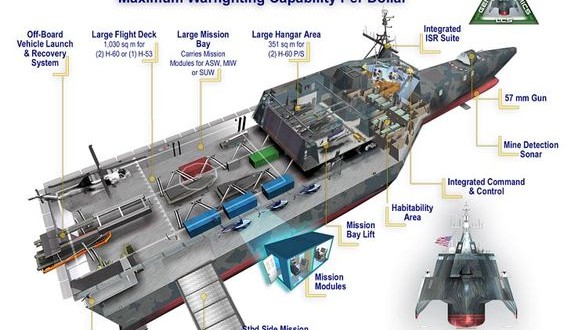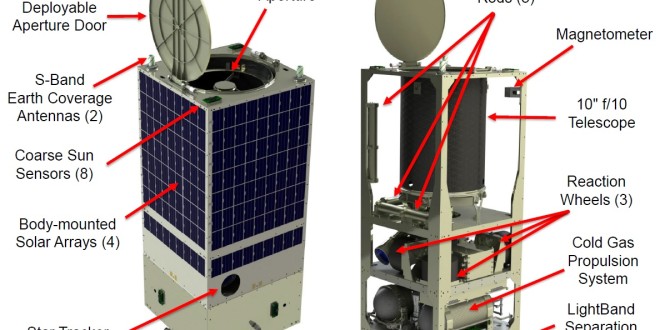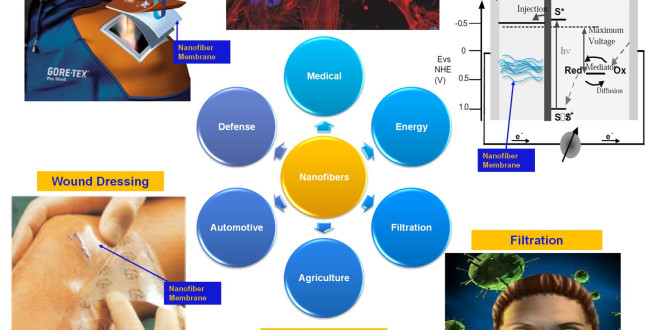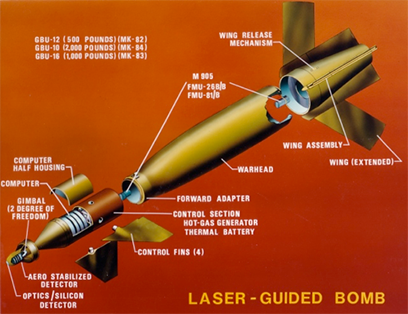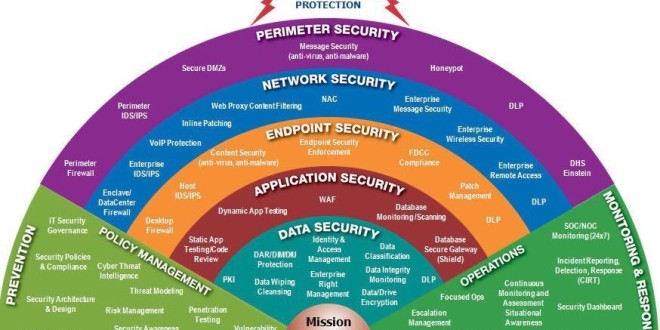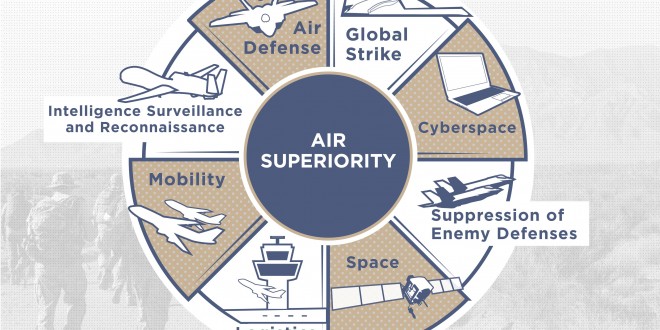The US Navy’s $35+ billion “Littoral Combat Ship” program is intended to create a new generation of affordable surface combatants that could operate in dangerous shallow and near-shore environments, while remaining affordable and capable throughout their lifetimes. The littoral combat ship is a modular, reconfigurable ship, with three mission packages …
Read More »
 International Defense Security & Technology Your trusted Source for News, Research and Analysis
International Defense Security & Technology Your trusted Source for News, Research and Analysis
